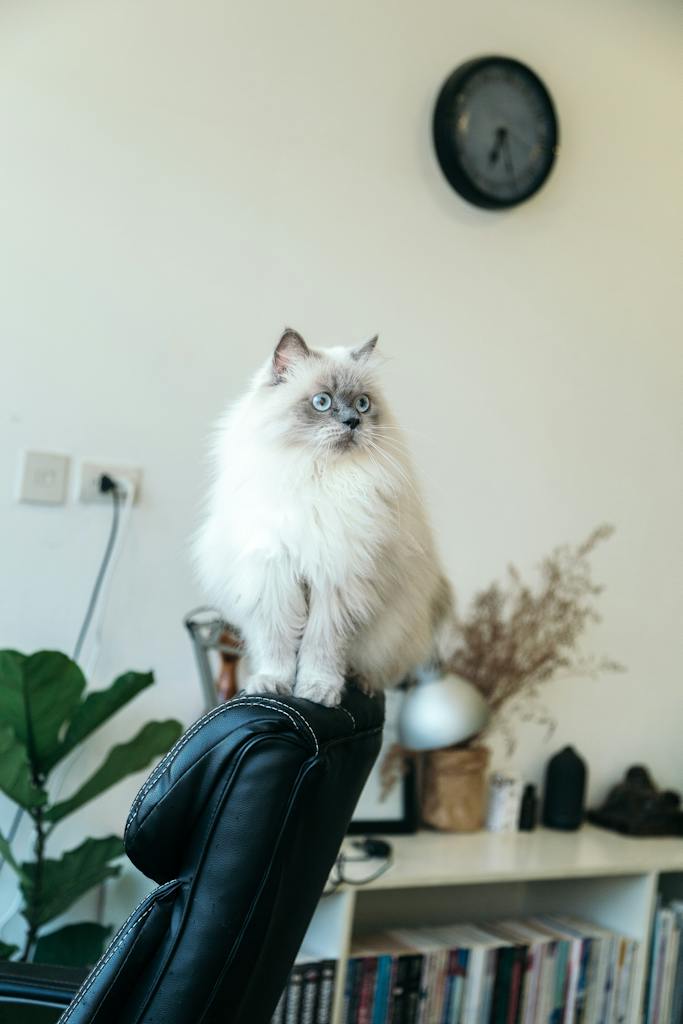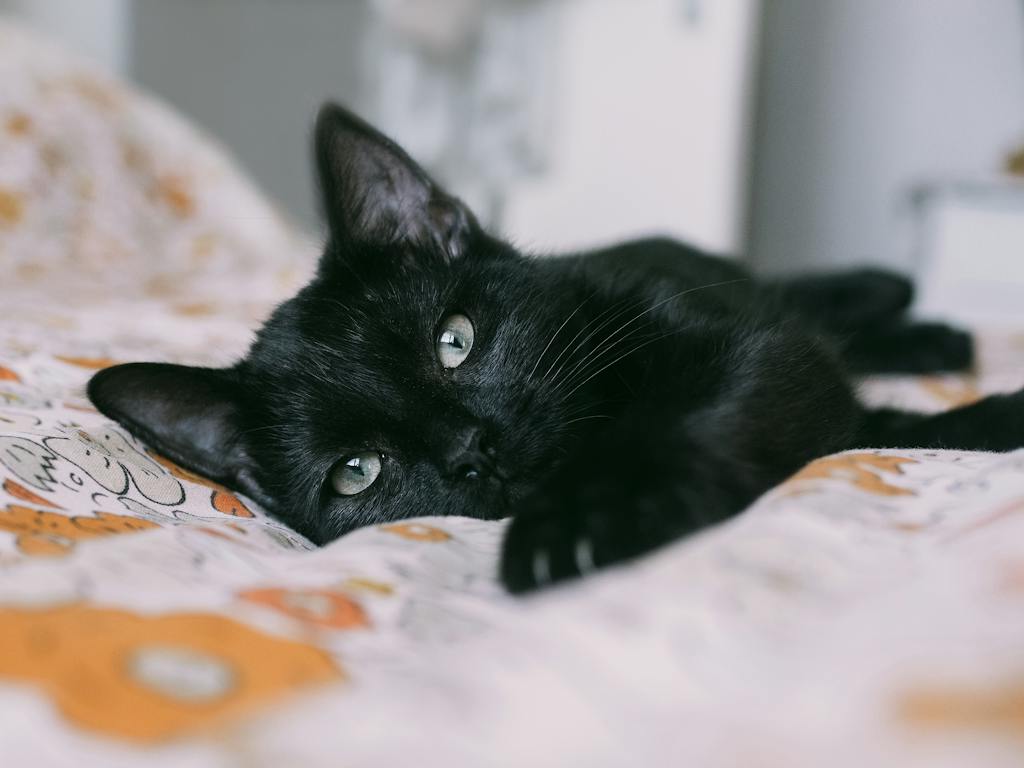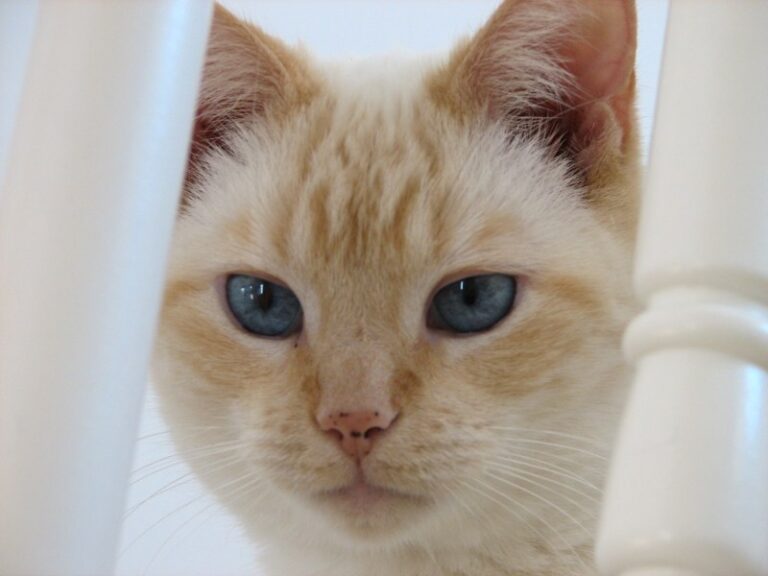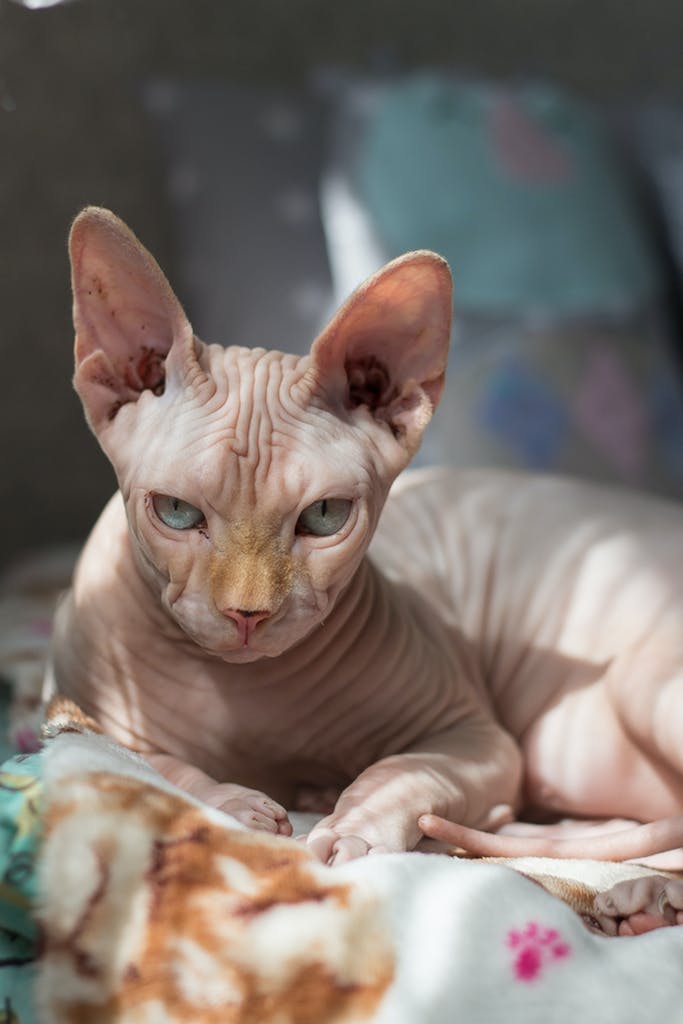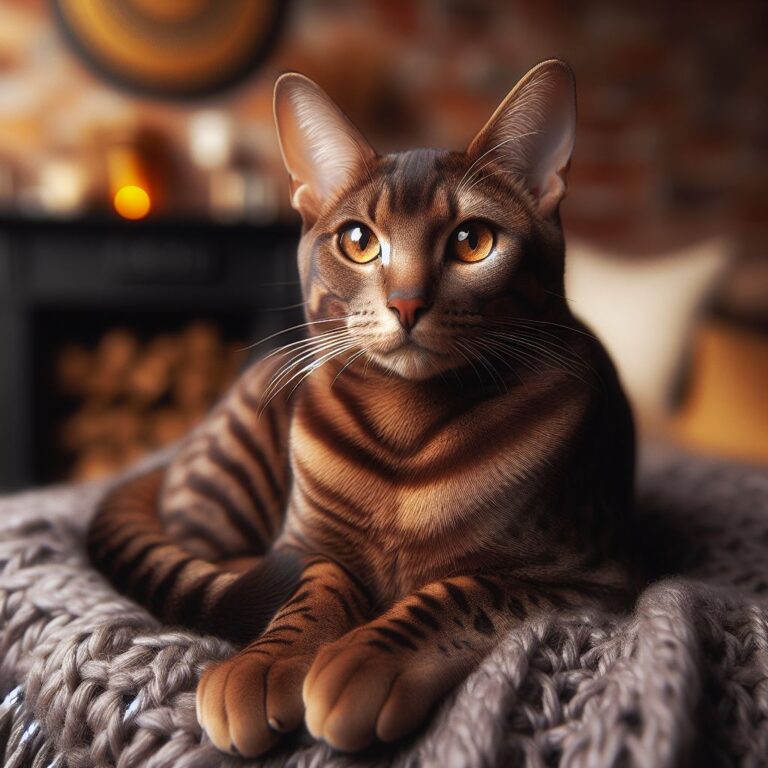Orange Tabby Cat: The Ultimate Guide to Their Personality and Care

Orange tabby cats are like the sunbeams of the feline world, brightening up homes with their warm and vibrant presence. These cats are not only known for their striking orange coats but also for their dynamic personalities and affectionate nature. If you’re considering bringing one of these delightful creatures into your life, it’s essential to understand what makes them tick, from their unique characteristics to their specific care needs. Let’s delve into the world of orange tabby cats and discover why they might just be the purr-fect addition to your family.
What is an Orange Tabby Cat?
Definition and Characteristics
An orange tabby cat isn’t a breed unto itself. Instead, “tabby” refers to a coat pattern that can be found in many cat breeds. The term “orange tabby” describes a cat with a coat that sports a warm, orange or reddish base color adorned with various patterns of stripes, swirls, or spots. These patterns can be classic, mackerel, spotted, or ticked, and each one is as unique as a fingerprint.
The Genetics of the Orange Tabby Coloration
The vibrant orange color of these cats is due to a pigment called pheomelanin, which is also responsible for red hair in humans. The gene for orange color is found on the X chromosome, making it sex-linked. Male cats, having only one X chromosome, are either orange or not, while females, with two X chromosomes, can be orange, not orange, or a mix of orange and another color, often resulting in a tortoiseshell pattern.
The Personality of Orange Tabby Cats
Common Behavioral Traits
Orange tabby cats are often associated with being outgoing and sociable. Many owners report that their orange tabbies are particularly affectionate, enjoying a good cuddle session as much as a playful romp around the house. They tend to be vocal, expressing their needs and desires openly to their human companions.
Myths vs. Facts about Their Temperament
There’s a common myth that all orange tabby cats are male, but this isn’t true. While males are more common due to the genetics of their coat color, female orange tabbies do exist. Another myth is that orange tabbies are always friendly and laid-back. While many are, personality varies from cat to cat, and an individual’s environment and upbringing play significant roles in shaping their temperament.
Caring for Your Orange Tabby Cat
Nutrition and Diet
A balanced diet is crucial for your orange tabby’s health. High-quality cat food that meets the nutritional levels established by the AAFCO is a good starting point. Be mindful of your cat’s life stage—kitten, adult, or senior—as each has different dietary requirements.
Exercise and Play
Orange tabby cats are often playful and need regular exercise to stay fit. Interactive toys, climbing trees, and even simple cardboard boxes can provide hours of entertainment. Regular play sessions will not only keep your cat physically active but also mentally stimulated.
Grooming and Hygiene
While tabby cats generally keep themselves clean, regular grooming is still important. Brushing your cat a few times a week can help reduce shedding and prevent hairballs. Don’t forget to keep an eye on their dental health, claws, and ears as well.
Health Considerations and Vet Care
Regular veterinary check-ups are essential for maintaining your orange tabby’s health. Vaccinations, parasite control, and spaying or neutering are all part of responsible cat care. Be aware of common health issues that can affect cats, such as urinary tract infections, dental disease, and obesity.
Orange Tabby Cat Lifespan and Development
Average Lifespan
With proper care, orange tabby cats can live a long and happy life. On average, a healthy indoor cat can live between 12 to 15 years, and sometimes even longer.
Developmental Stages from Kitten to Senior
Understanding the developmental stages of your orange tabby cat can help you provide the best care at every age. From the playful and explorative kitten phase to the more sedate senior years, each stage comes with its own joys and challenges.
How to Adopt an Orange Tabby Cat
Where to Find Orange Tabby Cats for Adoption
If you’re looking to adopt an orange tabby, animal shelters and rescue organizations are great places to start. These cats are relatively common, so chances are you won’t have to wait long to find one in need of a home.
Preparing Your Home for a Tabby Cat
Before bringing your new cat home, ensure your space is safe and cat-friendly. Remove any toxic plants, secure loose wires, and create a cozy spot for your cat to retreat to when they need some alone time.
The Adoption Process
Adopting a cat typically involves filling out an application, meeting the cat, and sometimes a home visit from the shelter. Be prepared to provide references and pay an adoption fee, which often covers the cost of spaying or neutering, vaccinations, and microchipping.
FAQs About Orange Tabby Cats
Let’s address some common questions and misconceptions about these feline friends:
- Are all orange tabby cats male? No, while males are more common, female orange tabbies do exist.
- Do orange tabby cats have a specific personality? While many are known for being friendly and affectionate, personality varies from cat to cat.
- How often should I groom my orange tabby cat? Brushing a few times a week is recommended, along with regular check-ups for their nails, ears, and teeth.
- Can orange tabby cats be indoor cats? Absolutely, and keeping them indoors can protect them from various dangers and extend their lifespan.
Orange tabby cats are more than just a pretty face; they’re companions with vibrant personalities and loving hearts. Understanding their needs and providing proper care will ensure a long and fulfilling relationship with your feline friend. If you’re ready to open your home to a new pet, consider adopting an orange tabby cat. Not only will you gain a loyal companion, but you’ll also give a deserving animal a loving home.

